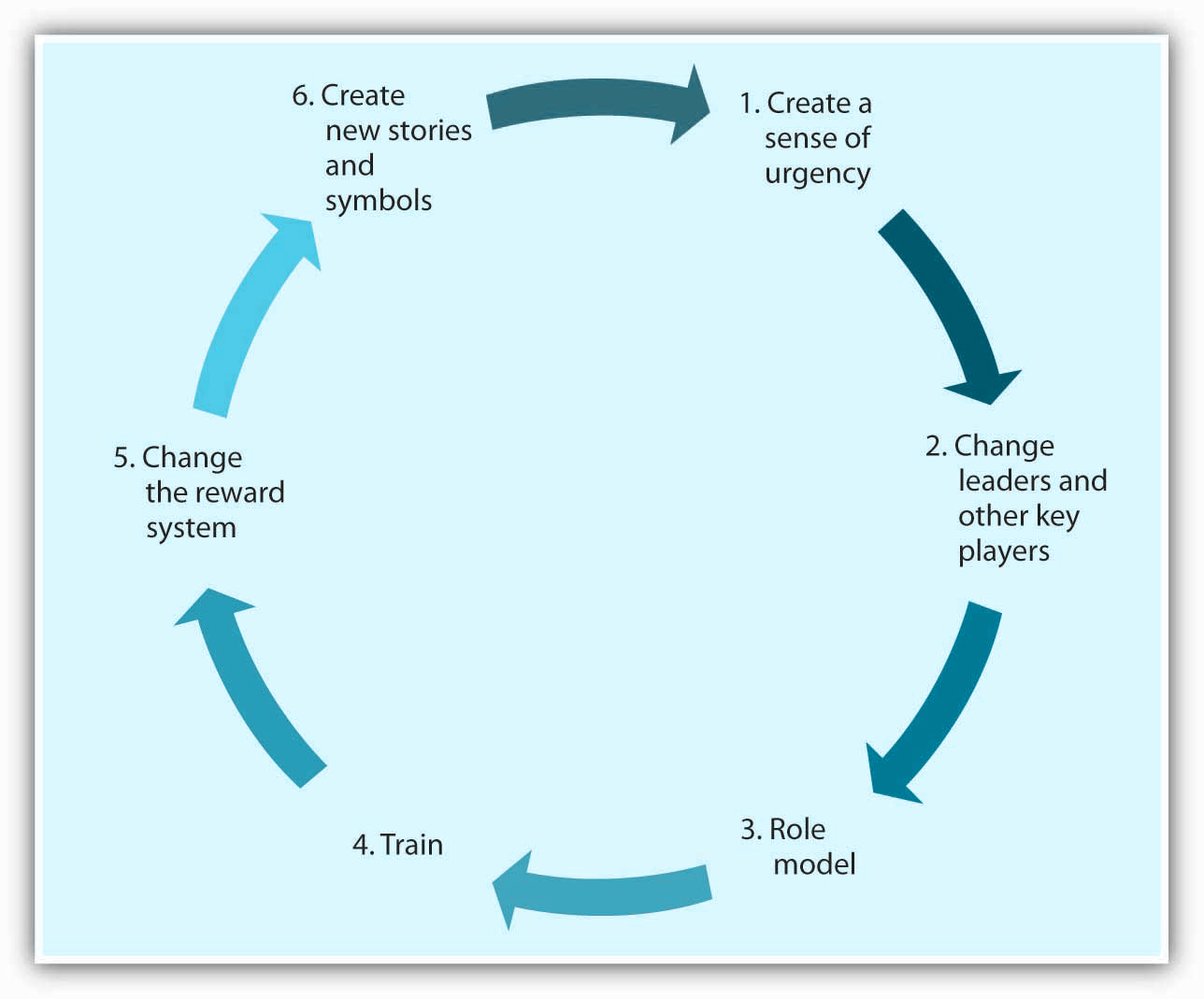In today’s global and fast-evolving business environment, success isn’t just determined by strategy or technology — it’s deeply influenced by how well people work together. One of the most critical, yet often overlooked, elements of organizational success is cultural integration. Whether it’s following a merger, acquisition, or major restructuring, the process of unifying different workplace cultures can make or break long-term outcomes.
Understanding Cultural Integration
Cultural integration refers to the process of aligning values, practices, and behaviors across diverse teams, departments, or entire organizations. This becomes especially important during transitions where multiple business cultures must come together under a single organizational vision.
The goal isn’t to erase differences, but rather to foster a cohesive environment where shared goals thrive alongside diverse perspectives. When done right, cultural integration leads to improved collaboration, employee satisfaction, and overall productivity.
Why It Matters More Than Ever
As remote work, international expansion, and cross-functional teams become the norm, the ability to build and maintain a unified culture is essential.
Boosting Employee Engagement
Employees who feel connected to an organization’s culture are more likely to stay committed and contribute meaningfully. Integration helps reduce confusion, minimize resistance to change, and strengthen morale during uncertain times.
Supporting Organizational Alignment
A well-integrated culture ensures everyone understands the company’s mission, values, and objectives. This alignment streamlines decision-making, enhances accountability, and creates a strong sense of direction.
Key Steps in Achieving Successful Integration
Conduct a Cultural Assessment
Before merging or modifying cultures, assess the values and behaviors that define each group. Understanding what drives different teams allows leaders to find common ground and potential friction points.
Communicate Clearly and Frequently
Transparent communication is the foundation of cultural change. Leaders must consistently share the “why” behind changes, listen to employee concerns, and create open channels for feedback.
Involve Leaders at Every Level
Frontline managers play a key role in modeling new cultural norms. Equip them with tools and training so they can support their teams throughout the transition and reinforce desired behaviors.
Celebrate Shared Wins
Highlighting small victories helps demonstrate progress and foster unity. Celebrate milestones that reflect the newly integrated culture and recognize individuals who embody the organization’s values.
Overcoming Common Challenges
Cultural integration isn’t without obstacles. Differences in communication styles, decision-making processes, or employee expectations can lead to conflict. Resistance to change is natural, especially when employees feel uncertain about their future roles.
To address this, organizations must:
- Encourage empathy and understanding
- Offer support through workshops or coaching
- Maintain patience, knowing integration is a gradual process
Conclusion
Achieving successful cultural integration requires intentional planning, leadership commitment, and a deep understanding of what makes people and teams tick. While the process may be complex, the rewards — a unified, resilient, and high-performing organization — are well worth the effort. By valuing culture as much as strategy, businesses can build stronger connections and long-lasting success.

